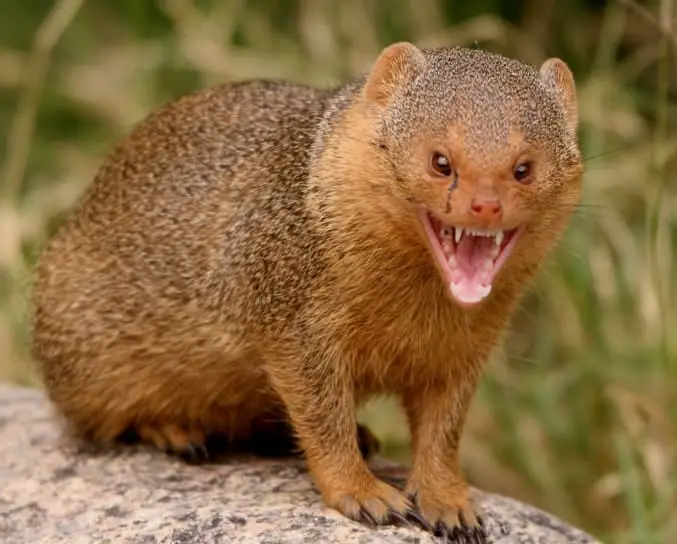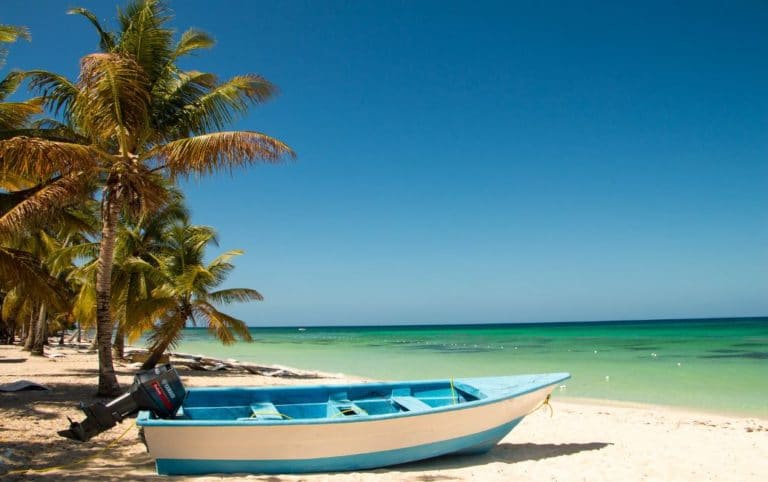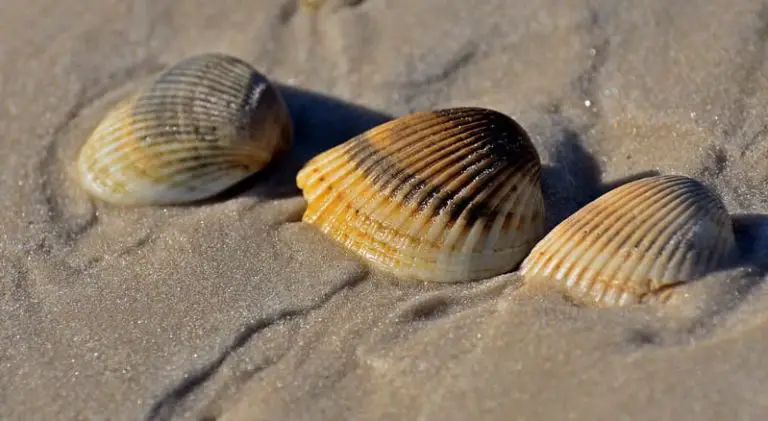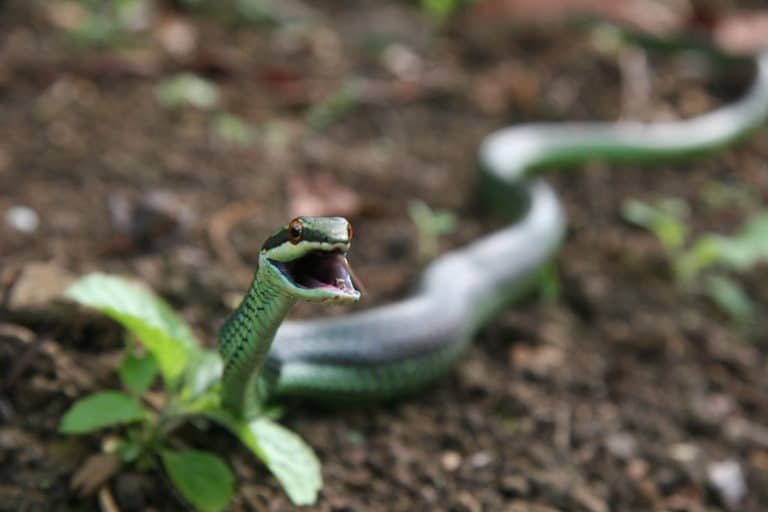Are There Sea Turtles In The Dominican Republic?
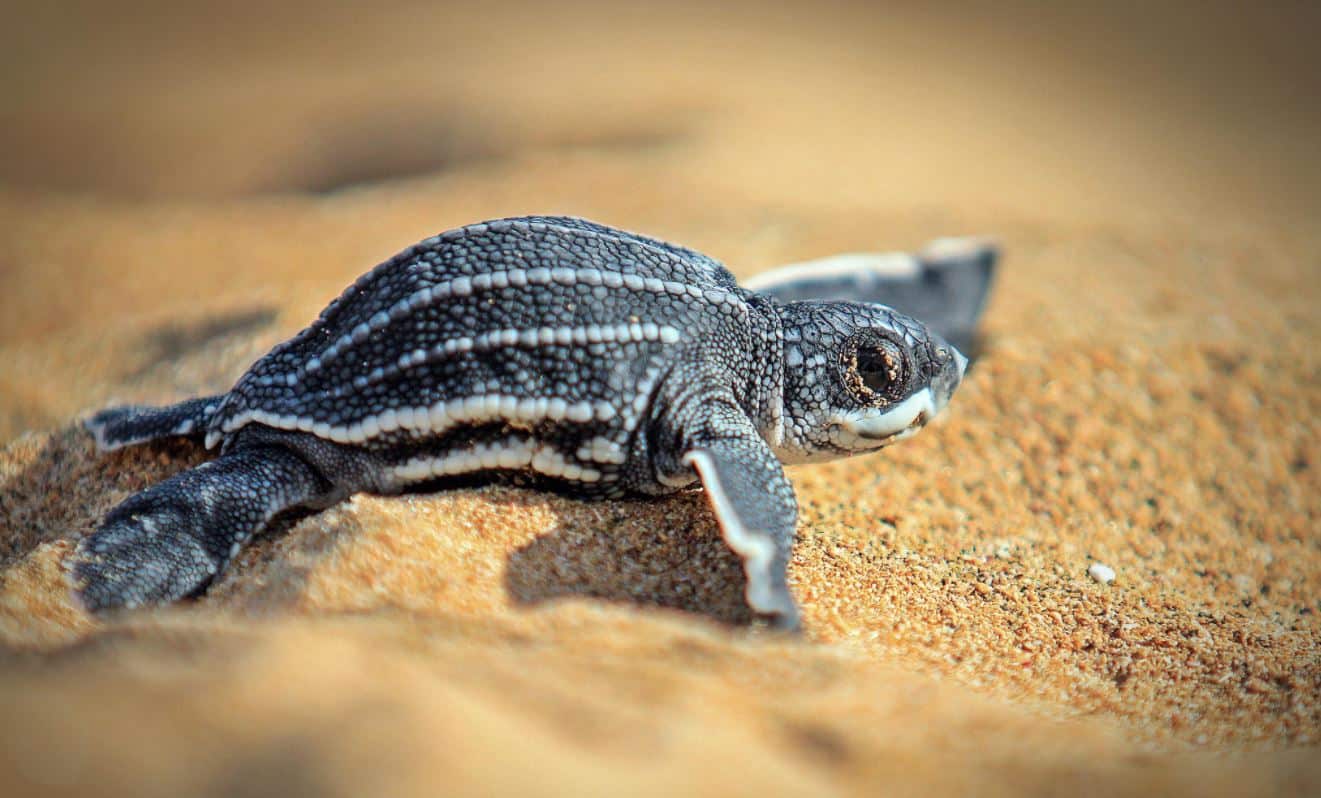
Of the five species of sea turtles that frequent the waters of the Dominican Republic, three nest on different beaches on the island: the leatherback, the green turtle and the hawksbill.
The leatherback turtle, Dermochelys coriacea, is a species of soft-shelled turtle. It is the largest of all the marine turtles, with a length of about two meters of carapace and a weight of more than 600 kilos.
It is capable of diving more than one kilometer deep to feed on jellyfish and salps, and has been declared by the IUCN as an endangered species.
Sea turtles generally reach sexual maturity between the ages of 9 to 15 and can live up to 100 to 150 years in the wild.
They breed every 2 to 4 years, starting in May, laying 3 to 7 nests per season. In the case of the clinker the period is approximately every 4 years.
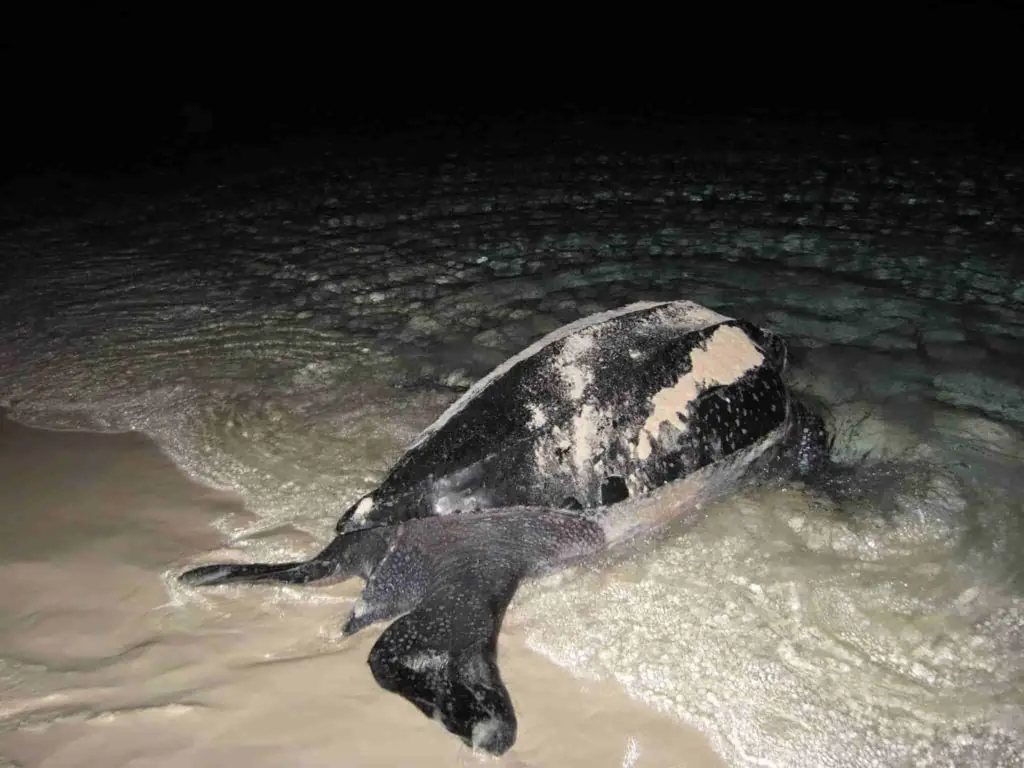
All sea turtles are excellent swimmers, they can travel thousands of miles from their feeding and breeding grounds. They possess a great sense of orientation, usually returning to reproduce on the same beach where they were born.
The tinglar, the year in which they nest, can deposit between 60 and 130 eggs per nest.
The same turtle can lay between 3 and 5 nests during the season, with incubation periods of about 2 months.
According to a report on female nesting turtles, conducted by the Dominican NGO Grupo Jaragua in 2011, until that date, no in-depth studies had been conducted in the country on the conservation status of the species, threats and most important nesting sites.
Thanks to this work, it has been possible to determine that the most important nesting areas remaining in the Dominican Republic are in the Jaragua National Park in the southwest of the country and the Saona Island to the east, in the Cotubanamá National Park.
In the case of the tinglar, Bahía de las Águilas is where the greatest number of tinglar nests per season are reported, also in the east and Samaná.
In recent years, the predation of these nests in Jaragua National Park has been reduced, but the number of females nesting remains critical.
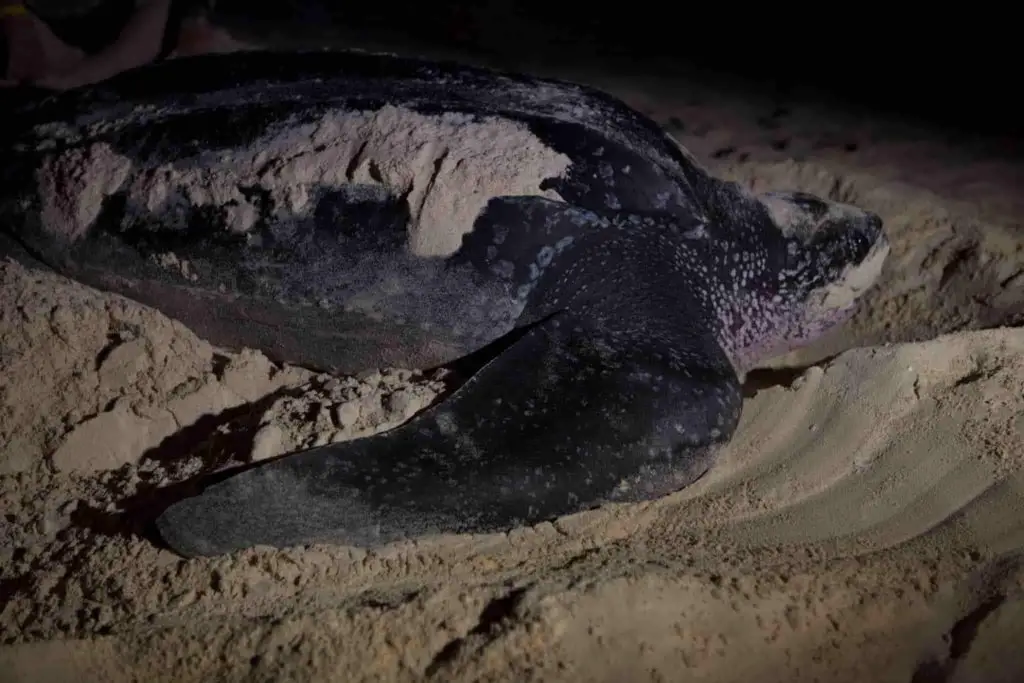
Sea Turtles In Santo Domingo, Dominican Republic
Following the 2011 nesting of the hawksbill turtle, Güibia on Santo Domingo’s Malecón, a sea turtle monitoring program was initiated by Grupo Jaragua and the Ministry of the Environment and Natural Resources and is ongoing to date.
In May 2013, the first report was made of a nesting turtle nest in Santo Domingo, specifically on Manresa beach, where all three nesting species in the region have been reported.
Marine biologist Omar Shamir Reynoso has since implemented a turtle protection program on Manresa beach that has involved fishermen and the community, releasing more than 10,000 baby turtles of the three species to date.
It has also been reported that the Sans Soucí beach is home to a nesting beach, which has been declared a Naval Turtle Sanctuary by the Dominican Republic Navy since 2017.
Among the threats to turtles in Santo Domingo are light pollution, garbage, and debris, inadequate construction, predators such as dogs, cats and rats, in the case of hatchlings.
The predation of these species, in Hispaniola, has advanced much faster than their ability to reproduce, so all conservation efforts are important to maintain and recover the species.
Turtle Sanctuary on the island of Saona in the Dominican Republic
For animal and nature lovers there is a turtle sanctuary on the island of Saona.
A turtle lover, native of the island, is dedicating his time to save the turtle, which is in danger of extinction, thanks to the support of some organizations and private donations.
His work is vital to the lives of these beautiful creatures.
He collects the eggs of the turtles which go every year to Saona Island to lay their eggs and keeps them in chambers or refrigerators for 2 months until the turtles are born.
The baby turtles are kept for 2-3 days to do a small study of them and are taken back to the same beach where their mother laid her eggs.
Until the last turtle has reached the sea, this gentleman does not leave.
This is one of his main functions, but he has other tasks and collaborates in the study and protection of other marine animals.
What to do if you see a turtle nesting?
The main thing is not to get too close, the turtles when they come out of the water onto the beach are very alert to threats. Any movement of people, camera lights or noise can scare them off and they will return to the sea.
Notify the environmental authorities, so that they can provide protection and assistance to the nest.
If you see baby turtles hatching, avoid camera and cell phone lighting. This can disorientate them and cause them to walk away from the sea. Do not touch them and call the environmental authorities.
The National Aquarium of the Dominican Republic regularly releases hatchlings from its facilities so that citizens can participate in this activity under controlled conditions.

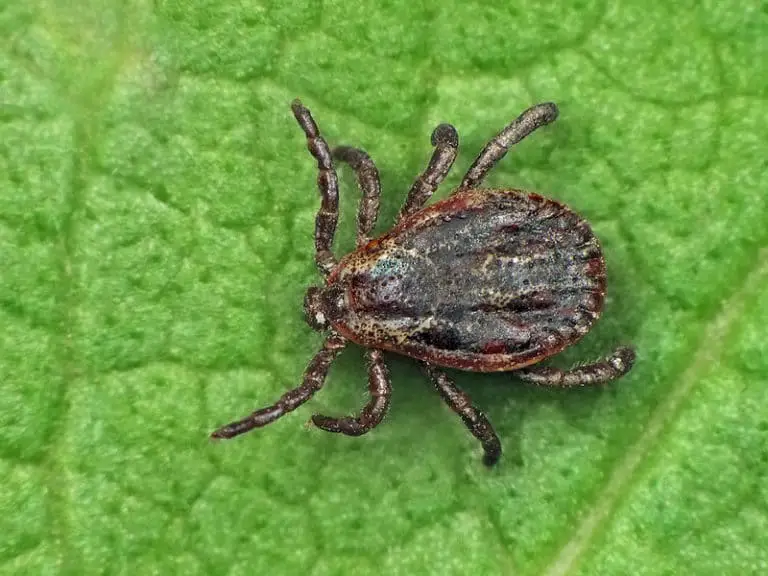
![Punta Cana Currency And Money Exchange- Updated Guide And Local Tips ([year])](https://www.kiskeyalife.com/wp-content/uploads/2019/08/dominican-currency-768x543.jpg)
